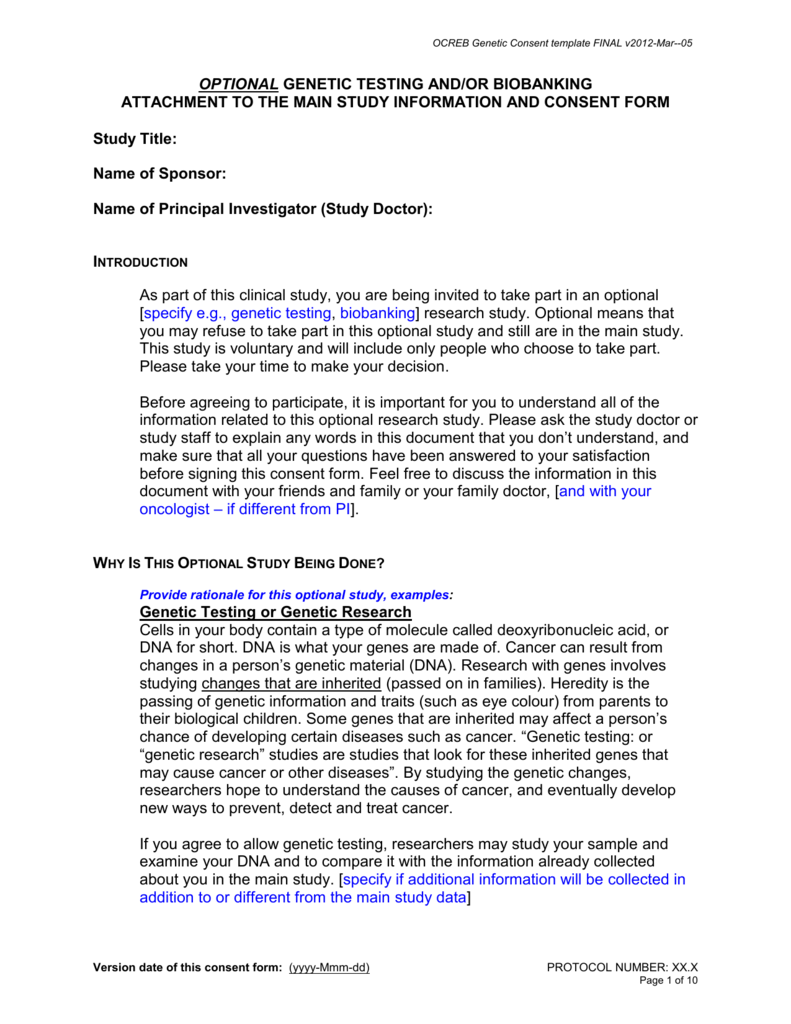

THE AUTHOR’S PURPOSE PIE CHART IS A COMMONLY USED TEACHING RESOURCE The Author’s Purpose Task 1. Think of the melodrama of a soap opera here rather than the subtle touch of an arthouse masterpiece. In the case of a thriller, an action-packed scene may follow an action-packed scene as the drama builds to a crescendo. They may weave humour into their story or even have characters tell jokes. They may employ cliffhangers at the end of a chapter, for example.
#Inform examples how to
How to Identify: When writers attempt to entertain or amuse the reader, they use various techniques to engage their attention. For example, we find entertaining examples in science fiction, romance, and fantasy – to name but a few. Things happen in books that are written to entertain, whether in the form of an action-packed plot, inventive characterizations, or sharp dialogue.Įxamples: Not surprisingly, a great deal of fiction is written to entertain, especially genre fiction. THE AUTHOR’S PURPOSE 3: TO ENTERTAINĭefinition: When an author’s chief purpose is to entertain the reader, they will endeavour to keep things as interesting as possible. If you want to learn more about writing an information report, be sure to read our complete guide here. Teach your students to beware of persuasion masquerading as information! Students must become adept at recognizing ‘hidden’ opinions through practice.

When the author’s purpose is to persuade, they commonly mask their opinions amid the facts. The main difference between the two ways facts are employed is that, when the intention is to inform, facts are presented only to teach the reader. However, when the author’s purpose is persuasion, they will also likely provide the reader with some facts to convince them of the merits of their particular case. How to Identify: In the process of informing the reader, the author will use facts, which is one surefire way to spot the intent to inform. Added to textbooks, we also have encyclopedias, recipe books, and newspapers. Informational texts are geared toward imparting information to the reader to educate them on a given topic.Įxamples: Many types of school books are written with the express purpose of informing the reader. Often, they will do this by providing lots of facts. THE AUTHOR’S PURPOSE 2: TO INFORMĭefinition: When an author’s purpose is to inform, they usually wish to enlighten their readership about a real-world topic. We have a complete guide to persuasive writing here if you would like to learn more. They should learn to identify the various tactics and strategies used in persuasive writing, such as repetition, various types of supporting evidence, hyperbole, attacking opposing viewpoints, forceful phrases, emotive imagery and photographs etc. How to Identify: To identify when the author’s purpose is to persuade, students should ask themselves if they feel the writer is trying to get them to believe something or take a specific action. However, it is most commonly the motivation behind essays, advertisements, and political writing, such as speeches and propaganda. It can even be in fiction writing when the author has an agenda, whether consciously or unconsciously. With this type of writing, the author will attempt to persuade the reader to agree with this point of view and/or subsequently take a particular course of action.Įxamples: This purpose can be found in all kinds of writing. When a text is written to persuade, it will aim to convince the reader of the merits of a particular point of view. Hyperbole: A Complete Guide for Students and Teachersĭefinition: This is a very common purpose of writing, particularly in nonfiction writing.13 Literary Devices to Supercharge your Writing Skills.Literary Devices & Figures of Speech Expand.Writing engaging Characters and Settings.



 0 kommentar(er)
0 kommentar(er)
